Use this guide to help you think about sink size, bowl depth, location and other factors
If you’re in the market for a new kitchen sink, you’ve probably noticed you have a lot of options. Perhaps too many. But this guide is here to help. It includes six considerations for choosing a kitchen sink: material, installation type, configuration, bowl depth, size and location. And each section includes a link to more in-depth information.
Stainless steel and fireclay are common materials for sinks, but composite granite is quickly gaining popularity for its durability, ease of cleaning and good looks.
For those seeking a statement-making sink, material options include copper, quartz, natural stone and colored stainless steel.
2. Installation Type
The type of sink installation you choose affects other elements in your kitchen, such as the surrounding countertop and cabinetry. Installation options include undermount, drop-in, integral and apron-front, the latter of which can be installed as a drop-in or, as seen here, an undermount type.
Each type has pros and cons. A drop-in sink is the most budget-friendly, because it’s the easiest to install of the bunch and it can be installed in lower-cost laminate countertops.
At the top end of the price spectrum is an integral sink, which is made from the same material as the countertop and fabricated to appear seamless with it.
If you have a large household and cook often, multiple sinks might be handy. But having more sinks and the associated plumbing means a higher installation cost. It also requires a generously sized kitchen to avoid traffic jams and to ensure adequate countertop space remains for cooking tasks.
For example, a super-deep sink takes up more cabinet space, especially if a food waste disposal is installed. And particularly tall or short folks might find it uncomfortable to work over a very deep sink for extended periods. But others, like me, might find a deep sink ideal for hiding dirty dishes.
If you place your kitchen sink under a window, try to center it under the window unit, or under one of the panes in a multipane window. The dishwasher needs to be nearby; ideally it will be right next to the sink, with room for the dishwasher door to fully open without blocking foot traffic.


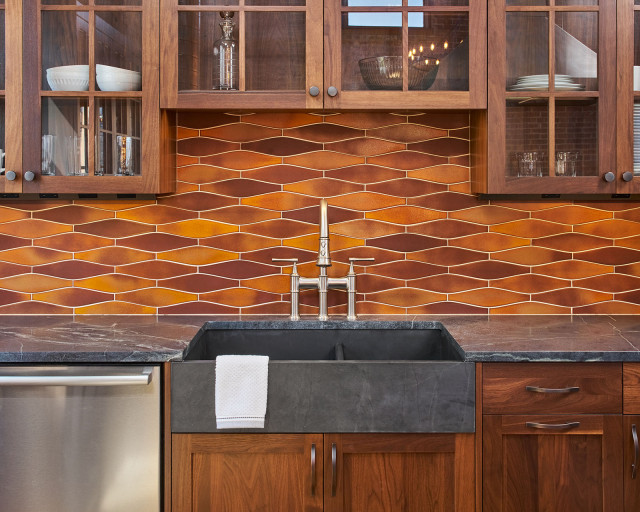

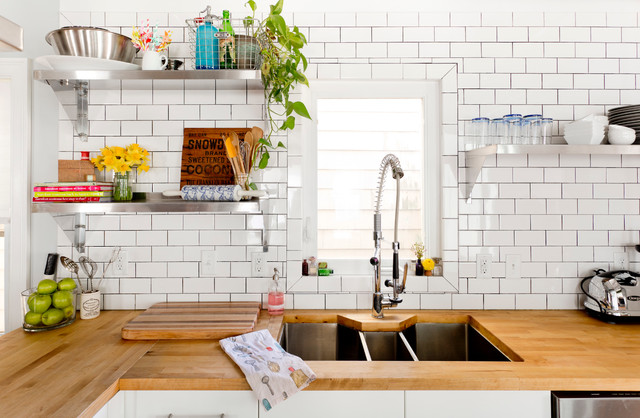

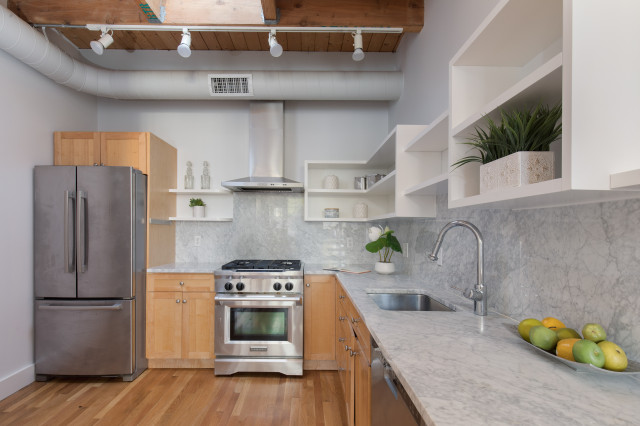
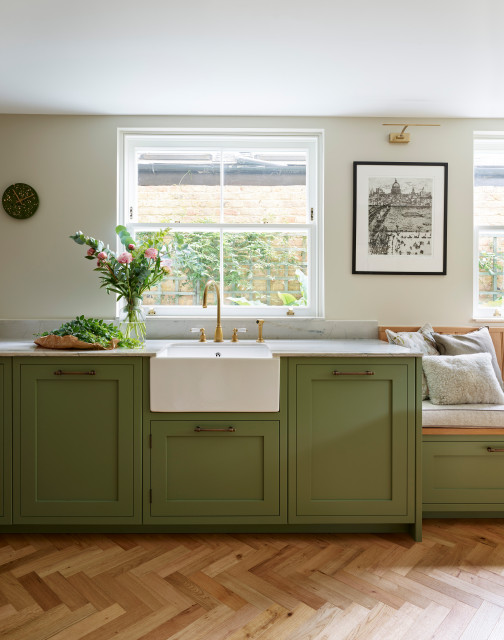
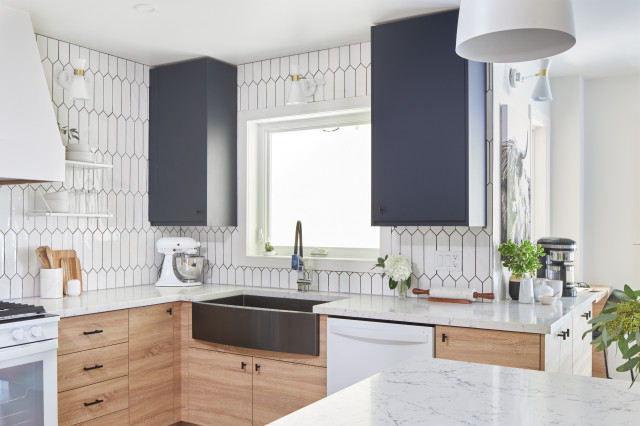
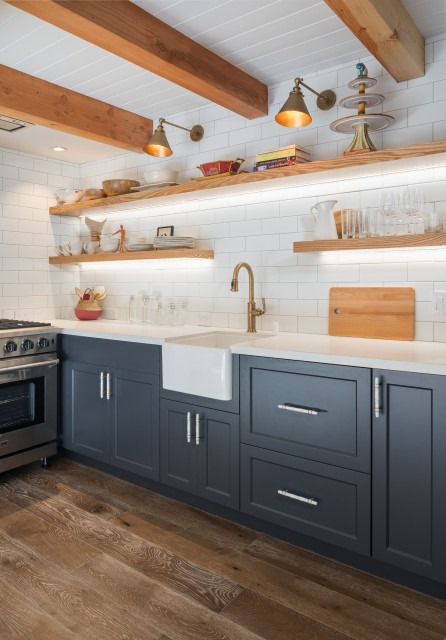
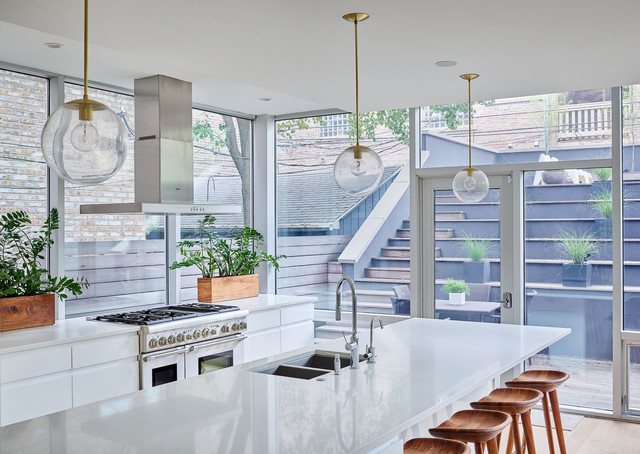

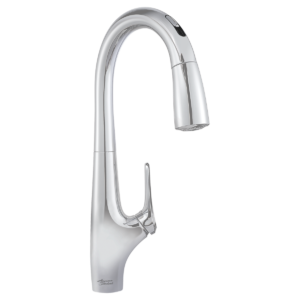

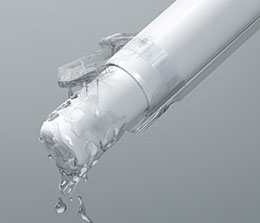
Determining the best sink material for your kitchen involves considering many factors. Aesthetics are important, of course, but budget, durability and ease of cleaning also need to be taken into account.